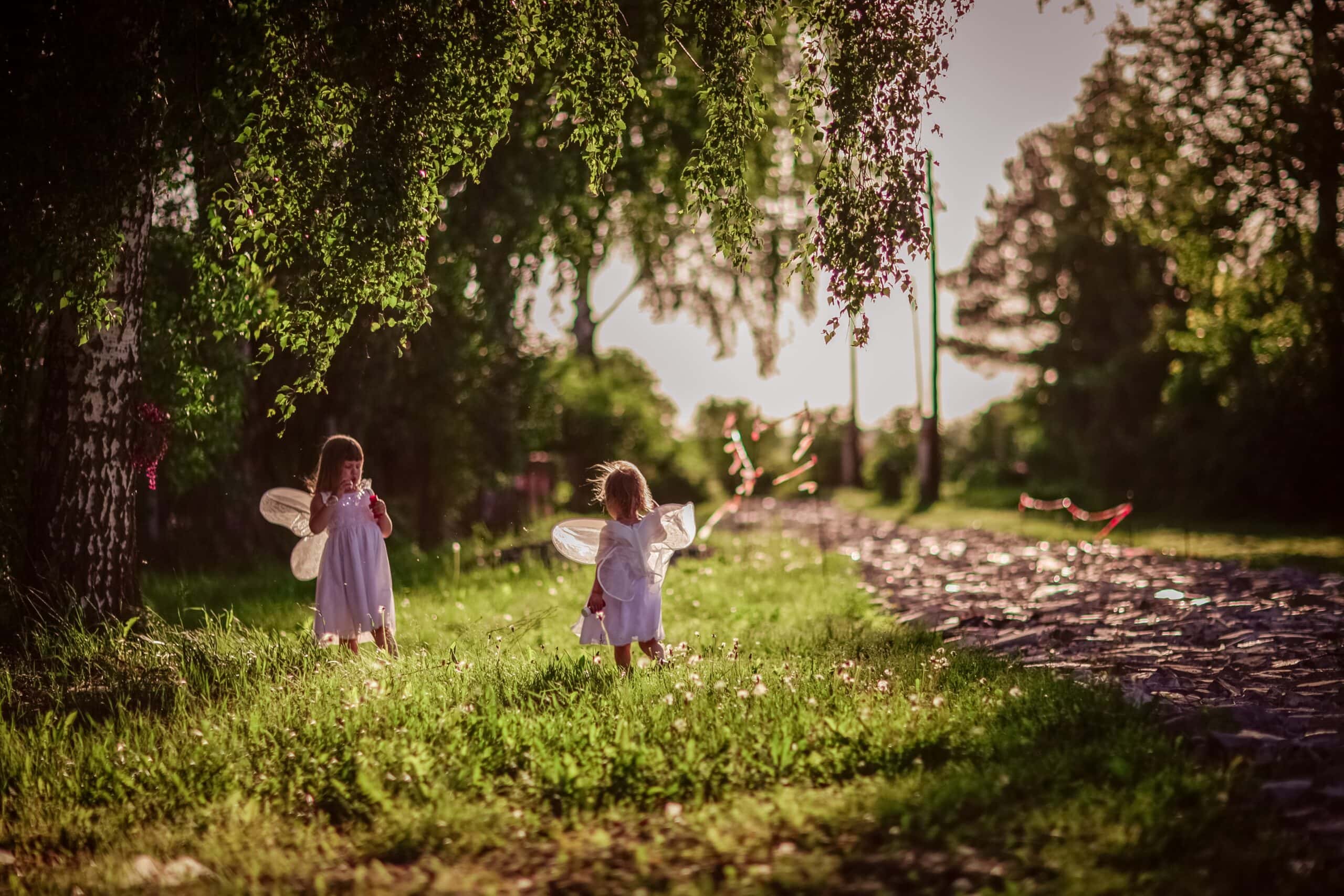Do you remember the first story that truly moved you? Perhaps it was a dragon-guarded tower, a wise old owl, or a magical forest.
Long before children can explain their feelings in words, they understand the world through stories and movement.
Once upon a time, we all knew how to speak the language of symbols, rhythm, and magic. We believed in dragons, followed trails of breadcrumbs through the forest, and saw ourselves in wide-eyed heroes, clever foxes, and enchanted trees. For Carl Jung, fairy tales were not childish fantasies but living blueprints of the human psyche. He believed these stories revealed the inner workings of the unconscious mind, especially the part he called the collective unconscious — a shared well of imagery, emotion, and experience we are all born with.
At Chakradance Kids, co-founders Anna Kelly and Natalie Southgate use fairy tales not as entertainment—but as mirrors of the inner self.
Neuroscience Insight
When children step into story and dance, something extraordinary happens—imagination becomes transformation, and the brain lights up with possibility.
Neuroscience shows that storytelling and embodied movement activate multiple brain systems simultaneously, for example, the left hemisphere (language, logic) and right hemisphere (emotion, imagery), helping children integrate emotion with understanding (1). This integration is crucial for developing emotional regulation and a coherent sense of self.
Neurosequential Model of Therapeutics (NMT) outlines how trauma and dysregulation are most effectively addressed through bottom-up regulation. Activities like dance, drumming, and movement re-pattern brainstem and midbrain responses through rhythm, which is the first language of brain development (2).
When story meets movement, the whole child awakens—mind, heart, and body weaving together in resilient harmony.
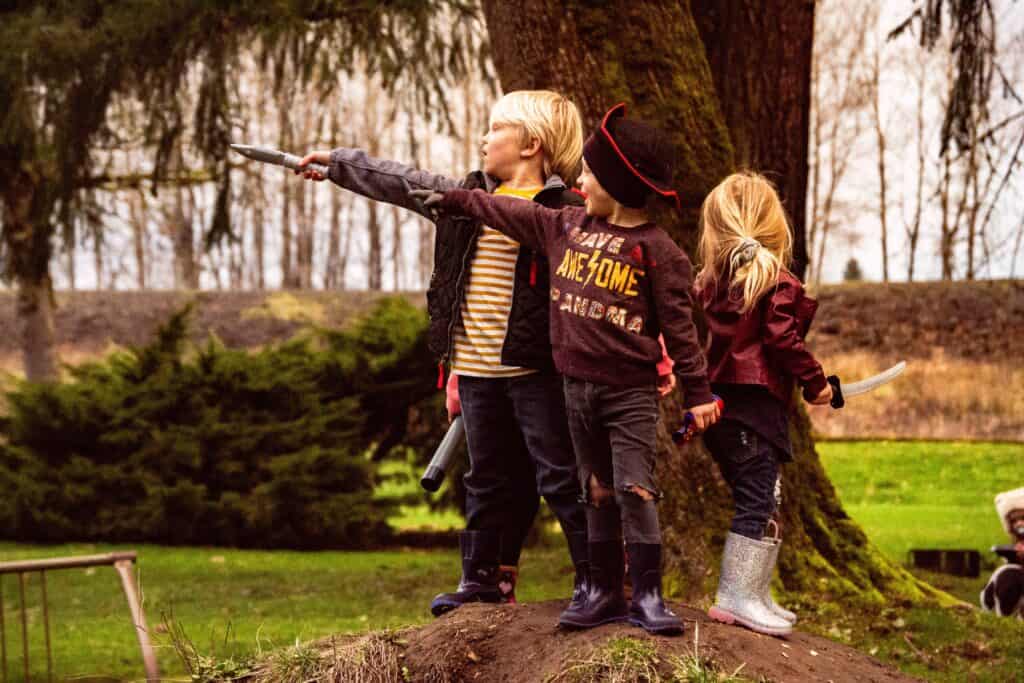
Jung, Archetypes, and the Power of Story
As the founder of Analytical Psychology, Carl Jung dedicated much of his life to exploring the hidden layers of the psyche. He believed the unconscious was not merely a storage place for repressed memories, but a rich and creative space that held our future potential. Within it lived the archetypes, universal characters, themes, and patterns of behaviour that appear across cultures and generations. Think of the Hero, the Wise Old Woman, the Trickster, the Shadow. These archetypes do not just live in our dreams or fiction. They live in us.
Jung once described fairy tales as the purest and simplest expression of unconscious psychic processes. He viewed them as symbolic narratives that allow us to safely explore the deeper parts of ourselves. Through these stories, we can face fear, betrayal, transformation, and triumph in a contained and meaningful way. When children connect with these stories through movement and imagination, the experience becomes both somatic and soulful.
Why Fairy Tales? Why Dance?
In Chakradance Kids, we write our own fairy tales, each one crafted to correspond with one of the seven major chakras or energy centres, within the body that relate to key areas of human experience. Each story contains magical characters, vivid landscapes, and archetypal challenges that mirror themes such as grounding, emotional expression, courage, compassion, truth, wisdom, and connection.
Children are not simply passive listeners. They are invited to close their eyes and enter the story through their imagination. Sometimes they fly on the back of a dragon, swim with dolphins, or journey through enchanted forests. They dance their way through the story, embodying the energies they encounter along the way.
We do not show pictures of the characters. Instead, we encourage each child to imagine the characters for themselves and to make a feeling connection with the story. They are not watching someone else’s version. They are living it inside their own bodies.
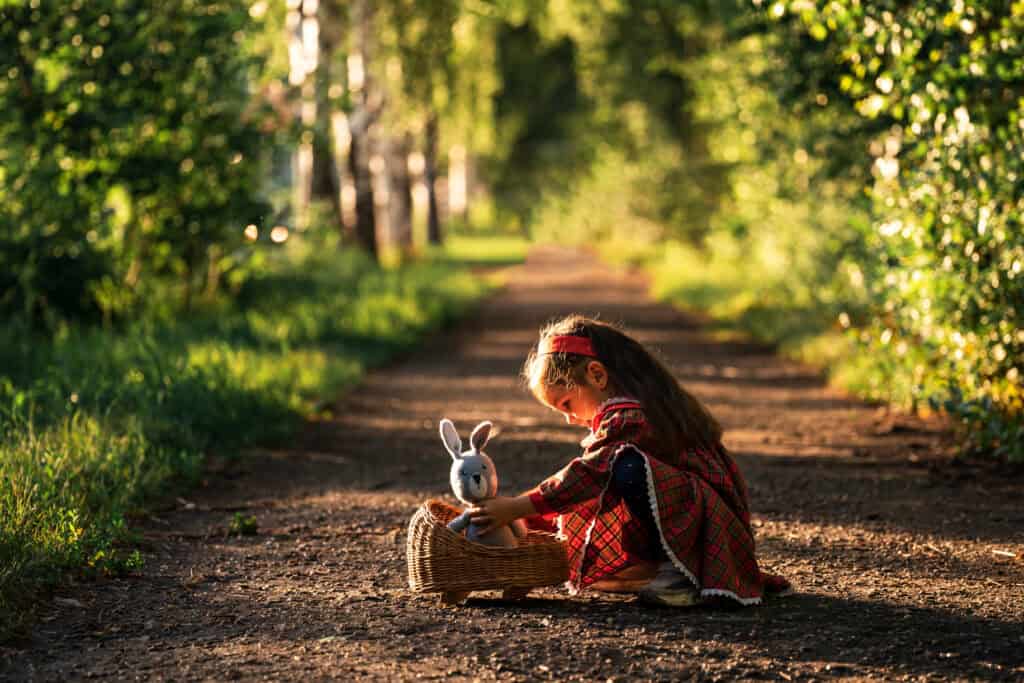
Active Imagination and the Waking Dream
Jung developed a process called active imagination, a method for accessing unconscious material by allowing images and feelings to rise while awake. Over 30 years ago, Natalie Southgate created Chakradance for adults, as a powerful movement-based form of active imagination for adults. This proven therapeutic process helped individuals connect with their inner world through dance, music, and guided imagery, allowing unconscious material to safely surface and be integrated.
Then, 15 years ago, we found a way to adapt this process for children, bringing it into classrooms, kindergartens, and family homes through the creation of Chakradance Kids. We discovered that children, too, could enter a gentle waking dream, using story and movement to access their own rich inner worlds. As they move, symbolic images emerge, emotions rise, and a new awareness begins to form.
This process does not require analysis or interpretation. The healing unfolds through connection, between body and mind, emotion and imagination, unconscious and conscious. After the dance, children express their experiences through mandala art, drawing inside a circle to represent what they felt, imagined, or discovered. These drawings become mirrors of their journey, holding the essence of what was lived, felt, and understood within.
PAUSE AND REFLECT
Not all stories end when the book is closed. Some stay with us—whispering, nudging, guiding.
Is there a character from childhood who still lingers in your memory?
What if that figure wasn’t just part of a tale, but part of you—a messenger from your inner world?
The Neurodevelopmental Magic of Story and Movement
Modern neuroscience supports this approach. According to child psychiatrist, Dr. Daniel Siegel, storytelling helps integrate both hemispheres of the brain by connecting emotional experience with logical understanding (1). In ‘The Whole-Brain Child’, he explains how naming emotions and creating narrative structure helps children process and regulate their internal world.
When storytelling is paired with movement, it becomes an even more powerful multisensory experience. Dr. Bruce Perry, a leading voice in trauma and child development, emphasises that rhythmic, patterned, and relational activities, such as dance, drumming, and guided movement, help regulate the nervous system and support healing, especially for children processing stress or overwhelm (2). Our blog piece on emotional resilience explores practical strategies to help children regulate and recover from emotional stress.
By engaging the whole brain and body, these practices help children:
- Strengthen memory and attention
- Develop empathy and emotional regulation
- Improve sequencing and cognitive function
- Increase creativity, confidence, and self-awareness
In Chakradance Kids, these benefits are woven into every session. From story to movement to art, children are developing not only skills, but a deeper relationship with themselves.
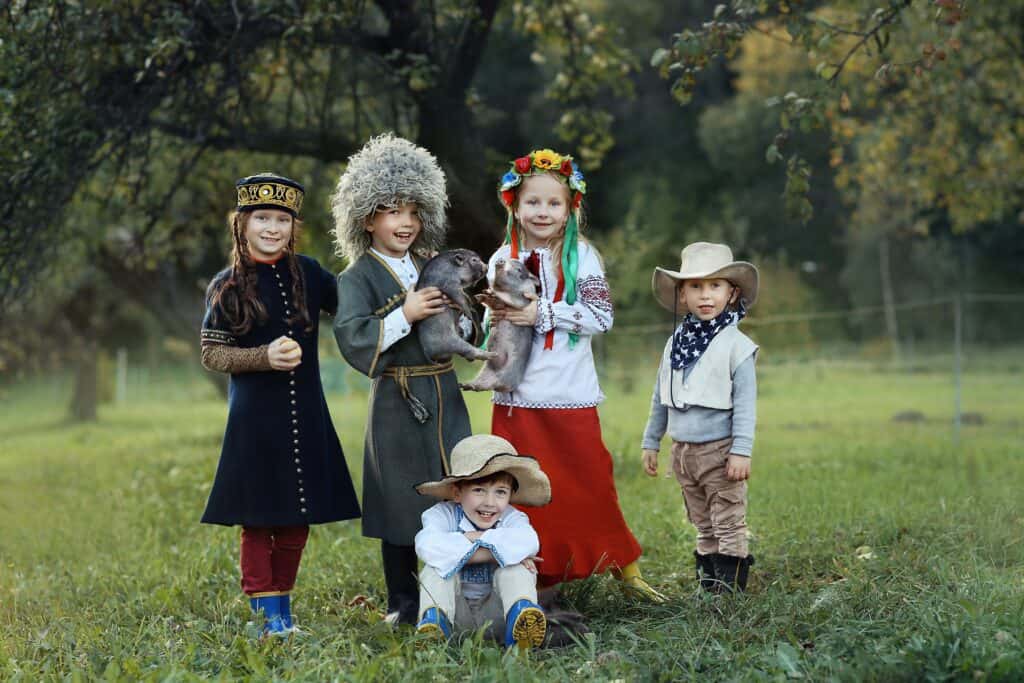
A Sacred Space for Transformation
What makes this work so effective and safe, is that it is deeply respectful. In Chakradance Kids, we never force an outcome. We simply create the conditions for the unconscious to reveal what it is ready to share. Jung believed the psyche was a self-regulating system.
When given space and trust, it knows how to heal.
Children are never told what to feel. They are gently invited into their own process, whether that means dancing like a lion or quietly drawing after the story and dance. These are not performances. They are sacred moments of discovery.
The mandala art at the end of each session helps anchor their experience and allows children to reflect on what they felt or imagined. It becomes a kind of treasure map, a key to door of the inner journey they have taken and can return to time and time again.
Navigating Limitations: Honouring Individual and Cultural Differences in Story-Based Therapy
While the integration of fairy tales and movement in therapeutic settings offers significant benefits, it is essential to acknowledge potential challenges. Every child carries their own rhythm. Archetypes may speak in different tones to different hearts, depending on the temperament, neurodiversity, and lived experience. Some children may feel discomfort or confusion when presented with intense symbolic themes, requiring sensitive facilitation.
Cultural backgrounds also play an important role in how fairy tales and archetypes are interpreted. Symbols that are empowering in one tradition may be unfamiliar or even unsettling in another. True inclusivity begins with listening—honouring the cultural lens each child brings, and gently shaping the story so that all may find their reflection within it.
Understanding the roots of behavioural challenges is key to supporting children holistically—this article explores how compassion and neuroscience go hand in hand.
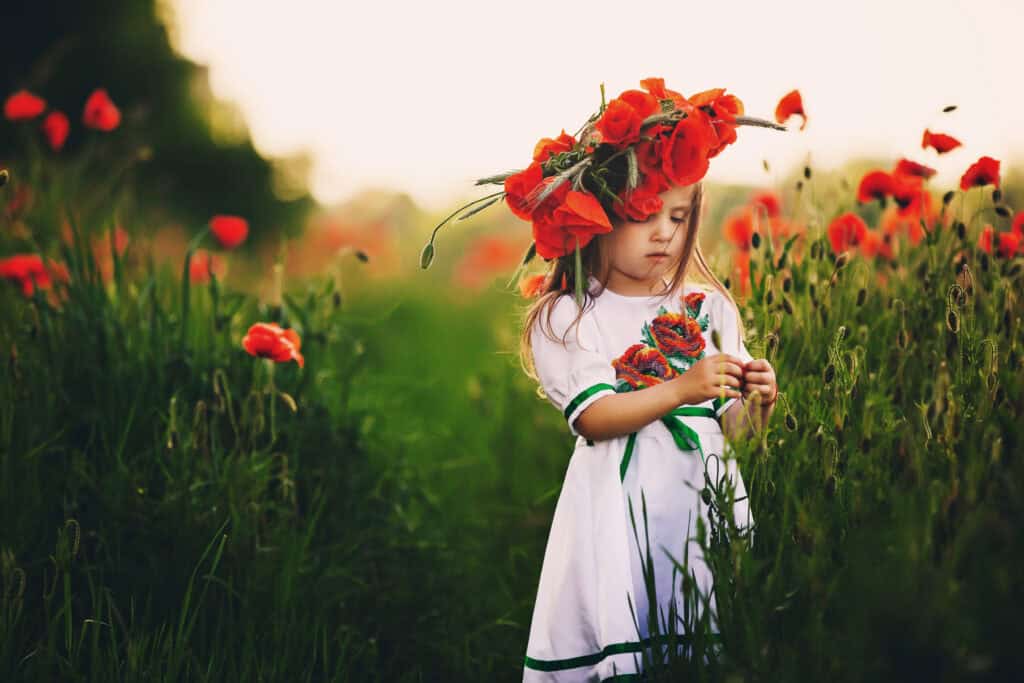
Cultural Connection
Archetypes like the Hero, Shadow, or Wise Elder appear in stories across time and geography—from West African trickster tales of Anansi the Spider, to the Chinese Journey to the West, to Norse myths of Thor and Loki. These characters reflect shared human experiences: loss, courage, transformation, and moral testing.
Joseph Campbell (3) documented the monomythic structure of the “Hero’s Journey” across global traditions. This story arc—departure, initiation, and return—offers children a roadmap for self-discovery, resilience, and identity formation. For a deeper dive into how the Hero’s Journey supports resilience in children, explore The Power of the Hero’s Journey.
Exposure to multicultural tales—where protagonists look, speak, or live differently—activates the same empathic brain circuits as face-to-face interaction. This is supported by studies on “narrative transportation” (5), which show that engaging stories reduce bias and promote perspective-taking.
Archetypes help children see themselves in others, and others in themselves. This fosters belonging, moral reasoning, and cross-cultural empathy. To see how empathy develops across cultural contexts, read our piece on cross-cultural emotional understanding.
Living the Archetype
Jung once said, “The privilege of a lifetime is to become who you truly are.” We believe this journey begins in childhood. Through fairy tales, children learn that life is full of mystery and challenge, but also wonder, resilience, and transformation; through movement, they find their voice, and through art, they honour what they feel. And through the dance of archetypes, they meet their own inner magic.
When children experience these stories in their bodies, they do not just learn the lessons. They live them. And in doing so, they begin to understand themselves more deeply, not as problems to fix, but as whole, growing beings with their own rhythm, story, and light.
And that, for us, is the true magic of fairy tales.
If you would love to learn more about our work or even explore the journey to becoming a Facilitator, you can learn more here.

Reflect
Which archetype lives strongest in your child—or in you?
Share your reflections on NeuroChild Village or send this to someone who dances between stories and wonder.
References:
- Dr. Dan Siegel, The Whole-Brain Child. (2024, June 4). https://drdansiegel.com/book/the-whole-brain-child/
- Bruce D. Perry and Maia Szalavitz, The boy who was raised as a dog: and other stories from a child psychiatrist’s notebook : what traumatized children can teach us about loss, love, and healing. (August, 2017). Colorado Mountain College. https://cmc.marmot.org/Record/.b57463384
- Campbell, J. (1949). The hero with a thousand faces. Princeton University Press.
- Gallese, V., & Lakoff, G. (2005). The brain’s concepts: The role of the sensory-motor system in conceptual knowledge. Cognitive Neuropsychology, 22(3–4), 455–479. https://doi.org/10.1080/02643290442000310
- Green, M. C., & Brock, T. C. (2000). The role of transportation in the persuasiveness of public narratives. Journal of Personality and Social Psychology, 79(5), 701–721. https://doi.org/10.1037/0022-3514.79.5.701
- Narvaez, D. (2010). Moral complexity: The fatal attraction of truthiness and the importance of mature moral functioning. Perspectives on Psychological Science, 5(2), 163–181. https://doi.org/10.1177/1745691610362351
This piece was written for you by
Co-Founder of Chakradance Kids
Natalie is the creator of the world-renowned movement therapy modality Chakradance™, a Hay House author and co-founder of Chakradance™ Kids. Natalie is a Jungian Psychotherapist, bringing over 30 years of experience in Jungian analysis, dance therapy and healing practice to the Chakradance™ Kids.
Co-Founder of Chakradance Kids
Anna is an Holistic Therapist, Counsellor, Yoga & Meditation Teacher, bringing over 25 years of experience in the wellbeing industry to Chakradance™ Kids. Before co-founding Chakradance™ Kids, Anna also delivered yoga and wellbeing to children in schools, kindergartens and in her own yoga school.
